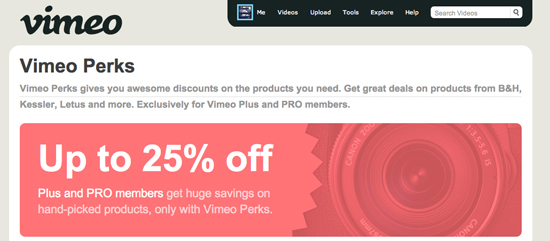Reed Martin has kindly provided us with the opening chapter to his book The Reel Truth for free online. Subtitled “Everything you didn’t know you need to know about making an independent film,” it’s a great resource for anybody involved in independent film. Read and enjoy.
Do you dream of someday making an independent film? Can you picture your low-budget masterpiece debuting at Sundance next year? Can you see the poster for your indie feature under the lights of New York’s Angelika Theater or L.A.’s Laemmle’s Sunset 5? There has never been a better time to dream and achieve each of these goals if you know what to do and what pitfalls to look out for.
Today anyone hoping to make a terrific-looking narrative feature or full-length documentary can shoot in filmlike 24p digital video, assemble everything on a decent laptop using intuitive and affordable editing software, put a trailer up on YouTube and Facebook, and distribute the finished product on professionally replicated DVDs for only a dollar per disc. There are more avenues for getting independently financed shorts and feature films seen than ever before, allowing aspiring filmmakers who may or may not have gone to leading film schools to showcase their talents.
Developments that promised to revolutionize film production and democratize the industry have arrived, and all the tools anyone would ever need are available, affordable, and within reach. The technology needed to make independent films will only get cheaper and better, and the reasons to go through traditional middlemen will increasingly fall away, allowing filmmakers to self-publish and be totally independent from anywhere. In this environment, all that is needed is a passion for storytelling, a reservoir of perseverance, and a modicum of talent. Gone are the days when aspiring filmmakers had to spend thousands of dollars to have dozens of fragile MiniDV tapes digitized in real time before they could be edited on a slow-as-molasses computer. Today, many HD cameras record directly to memory cards or high-capacity hard drives, allowing each day’s footage to be quickly imported into Avid or Final Cut Pro 6 as easily as copying a Word file from a pocket USB drive. Indeed, filmmakers can now make their editing “selects” immediately and start assembling a project in their living rooms in full, uncompressed HD, without having to wait for a lab to process their digital footage or their reels of 16mm or 35mm film.
On the theatrical front, new specialized distributors are expected to eventually take the place of those that folded in 2008. The Internet continues to provide avenues to get shorts and features in front of those eager to experience new voices, innovative stories, and fresh perspectives. There are several sites that showcase feature films online and new software applications such as Adobe’s Media Player that aggregate content for mass consumption.
On the marketing side, new software widgets can be used to help aspiring directors and producers reach out to people who might invest in their projects and build a fan base by aggregating groups of consumers who appreciate a certain topic, all without hiring an ad agency or PR firm. For those pursuing festival acceptance—and after all, who isn’t?— companies such as Withoutabox and its new competing service, B-Side, allow filmmakers to save time by paying a flat fee to have their films submitted to hundreds of festivals.
In just a few months, pocket still cameras available at any Radio Shack (such as the Kodak Zi6) and portable devices like the Flip from Pure Digital will be able to record higher quality video to internal standard drives or SD cards with improved sound, ushering in a new era of handheld indie filmmaking. Later this year, some intrepid filmmaker will debut a first film shot using store-bought gear and civilian actors, creating a sensation that merits an article in Vanity Fair and inspires a new generation of filmmakers. It could be you. The tools to pull it off are a fast laptop, a licensed copy of Final Cut Studio 3, StoryBoard Quick 5, an external Bluray DVD burner, and WordPress software to create the website—all are available for under $5,000, all-in. The newest HD and affordable 3K video cameras that record gorgeous filmlike images to swappable 64-gigabyte and 128-gigabyte memory cards can be rented for around $1,500 per week. Amazon’s CreateSpace and the Tribeca Film Institute’s Reframe Project can help filmmakers digitally master their projects and sell them online. Breakthrough Distribution can handle the DVD sales.
We already live in a world of amateur filmmakers, where the ubiquity of camera phone video, webcams, and cheap recording equipment has opened up opportunities for everyone to create something eye-catching and cool. Raw talent, an ear for dialogue, an eye for the perfect shot, and the passion to craft something that touches and inspires audiences are increasingly the only missing ingredient.
Yes, the best time to make an independent film is right now….
Continue reading the first chapter of The Reel Truth here.
Purchase The Reel Truth on Amazon.





